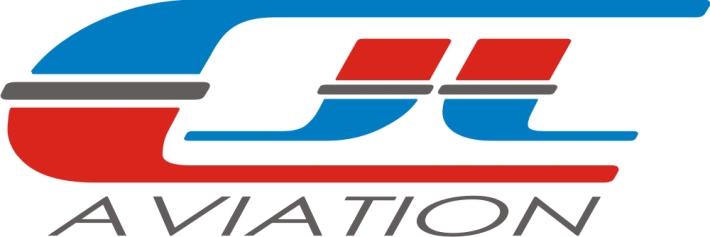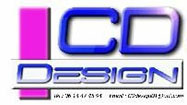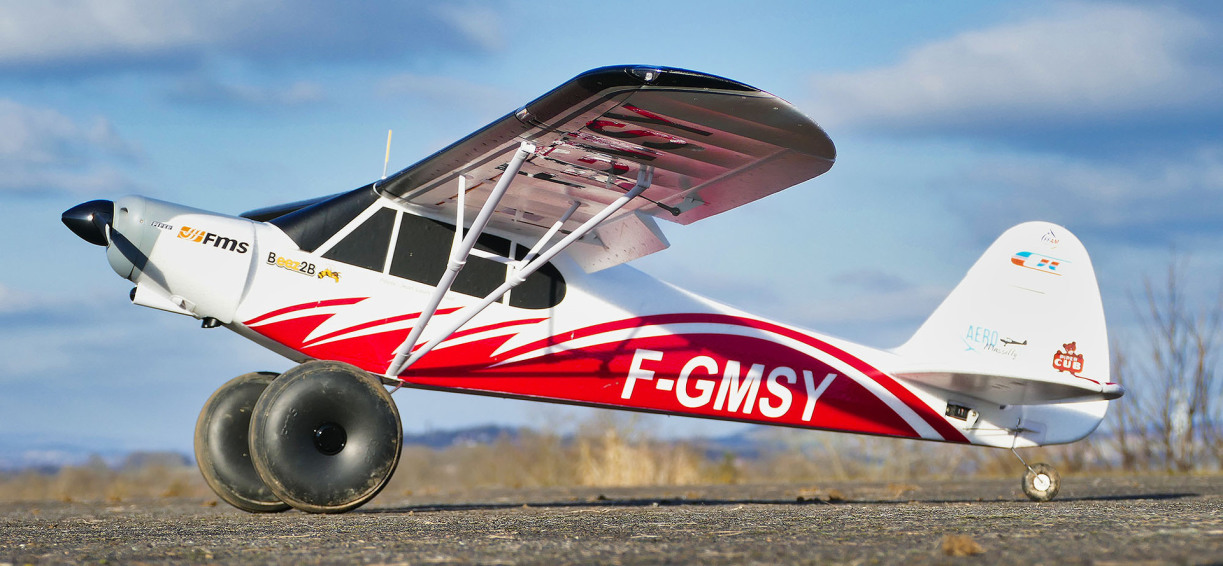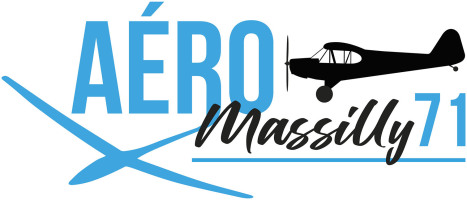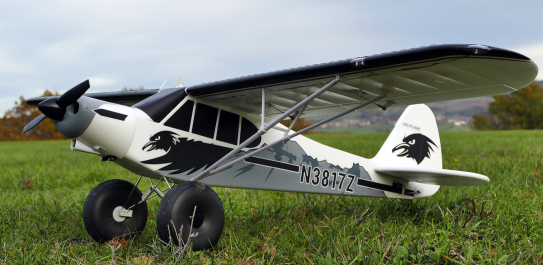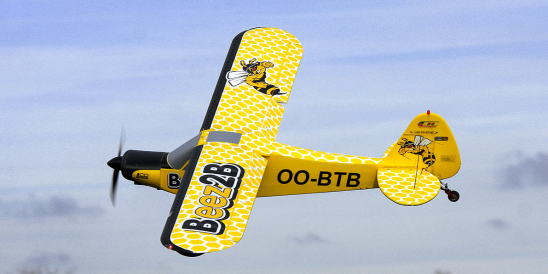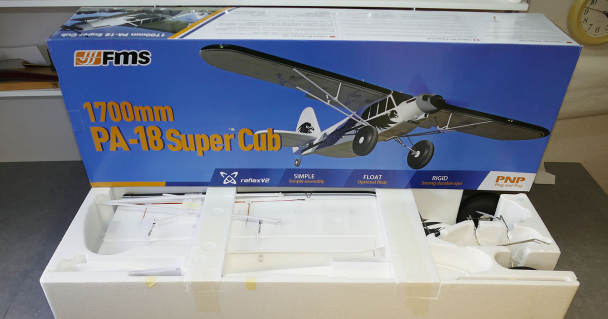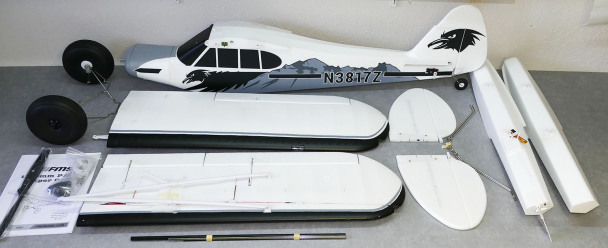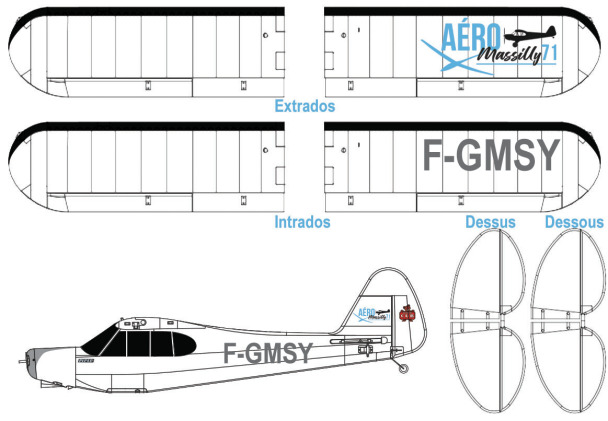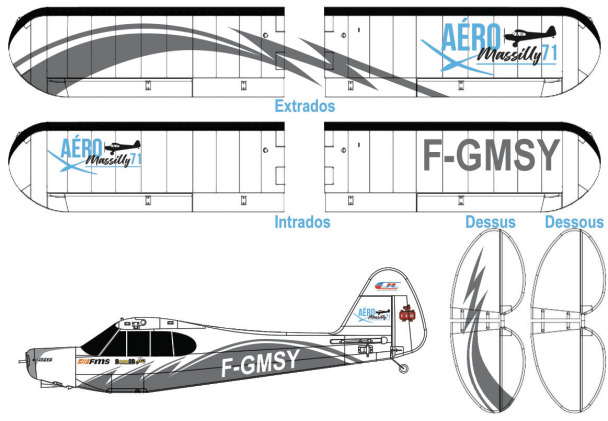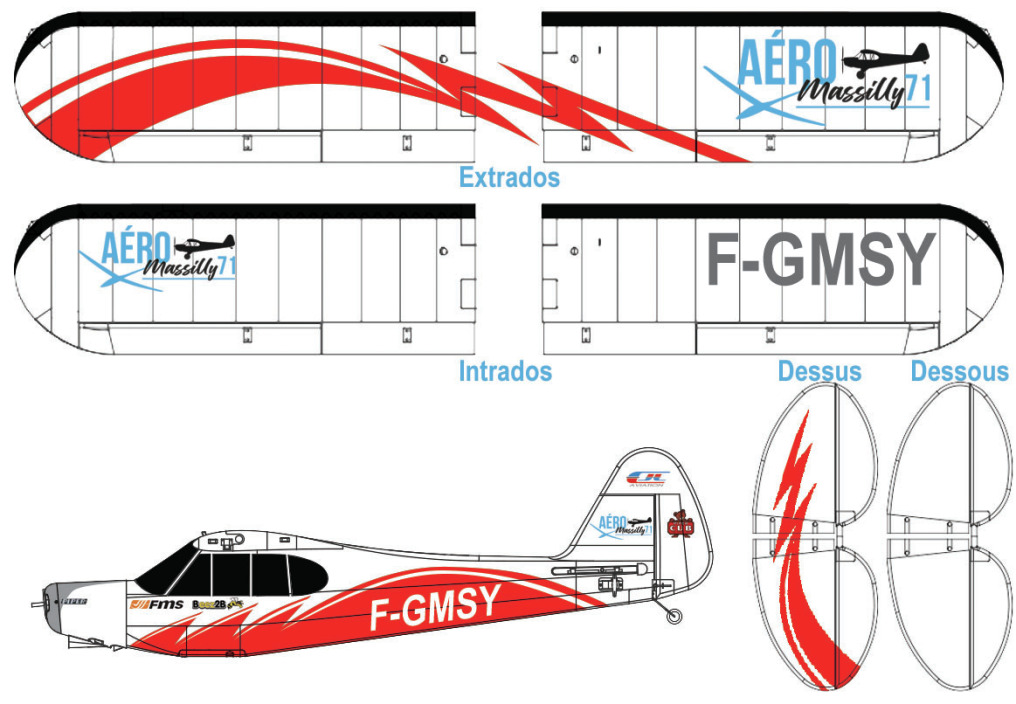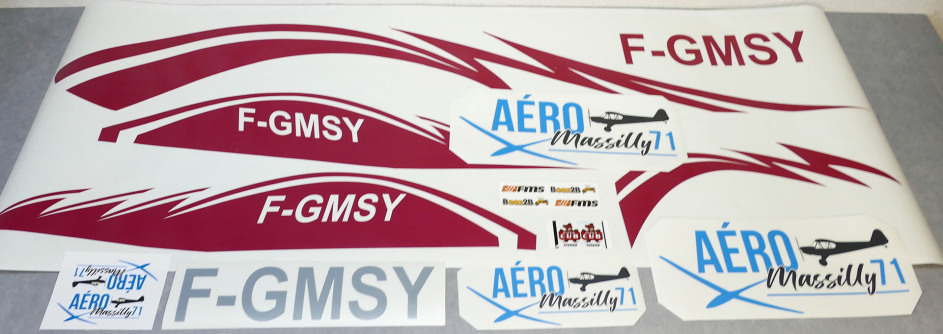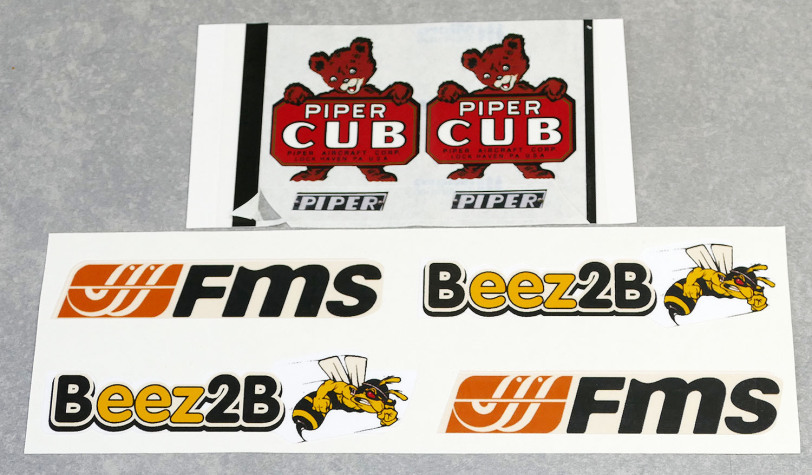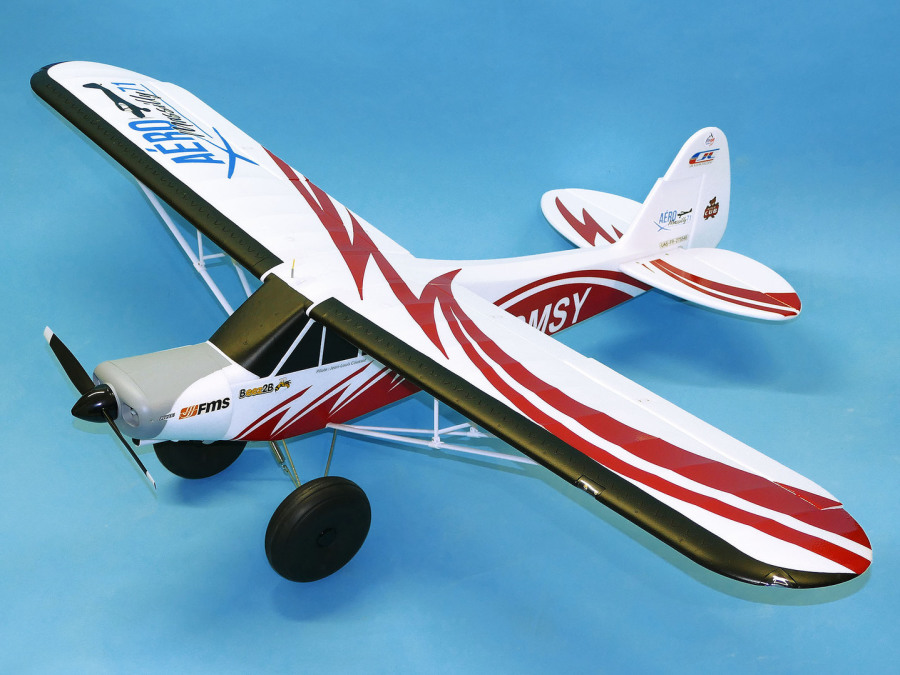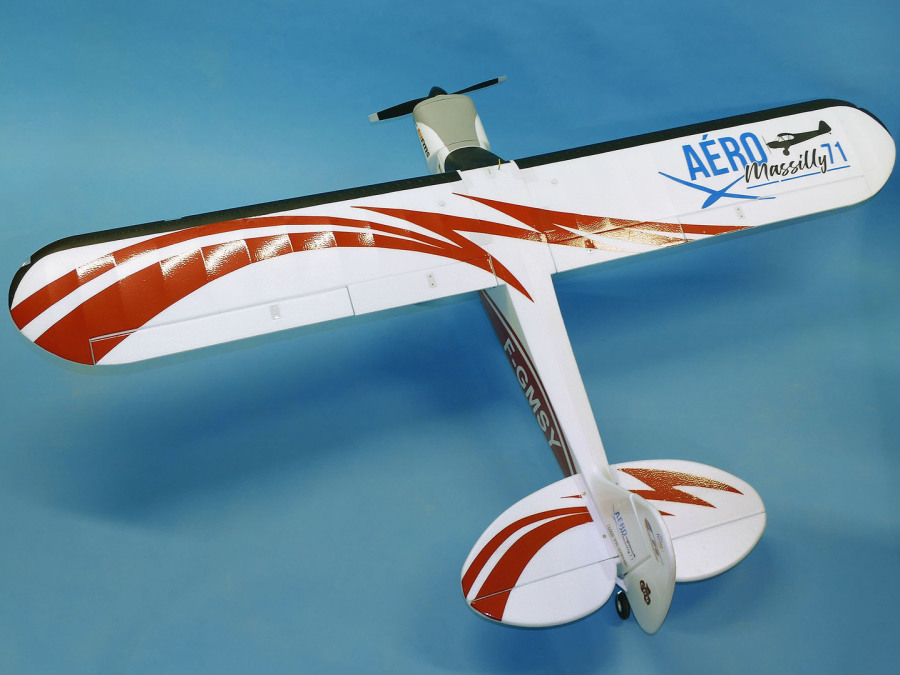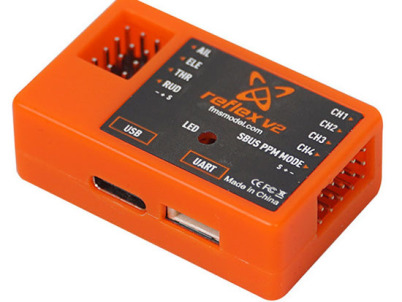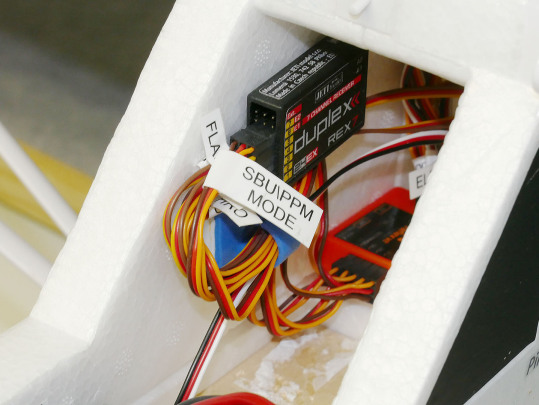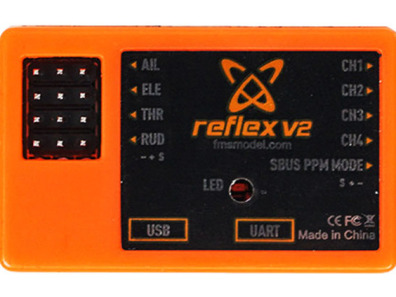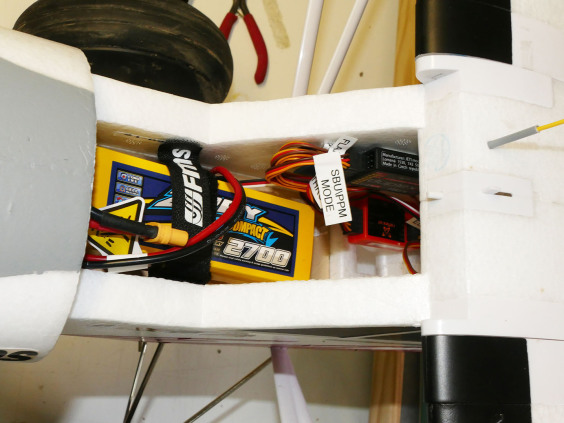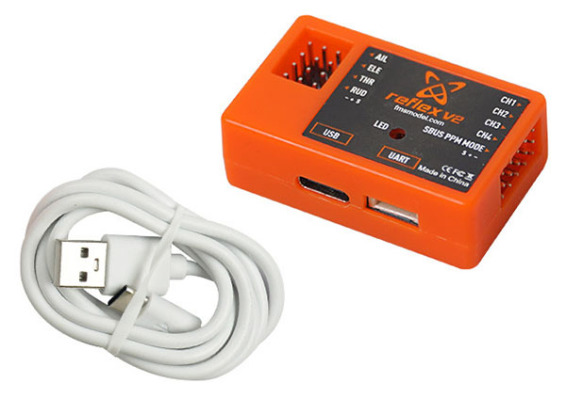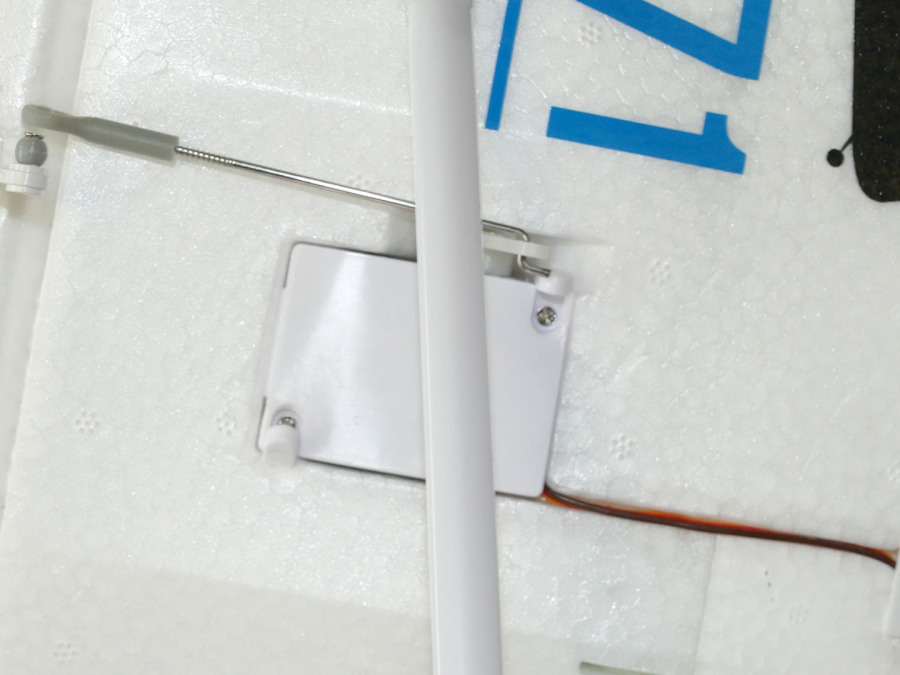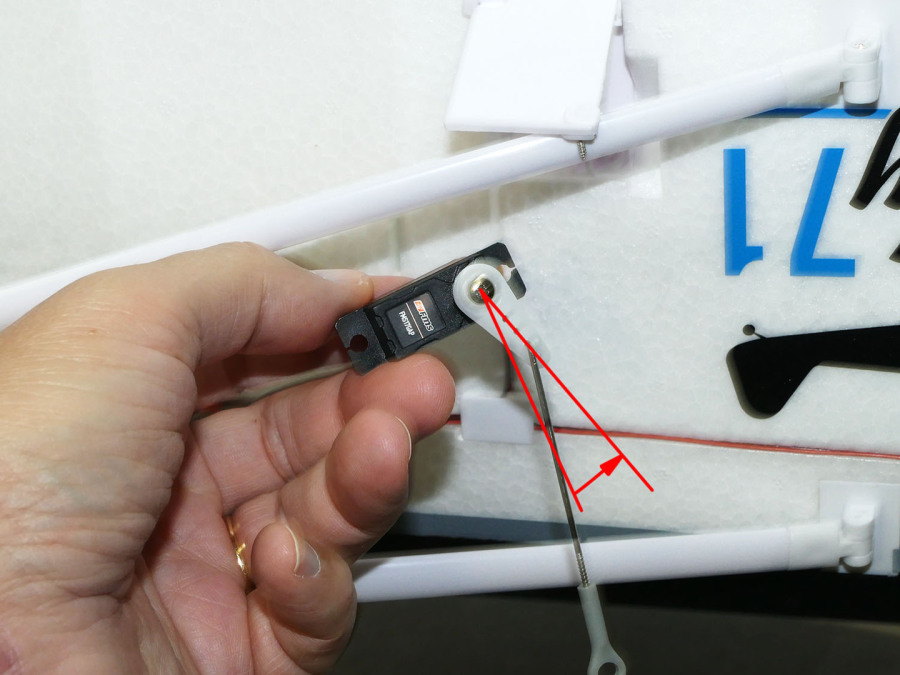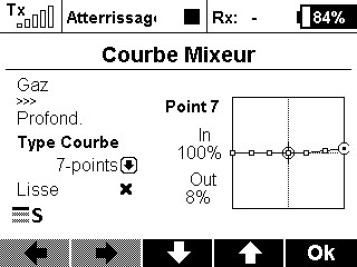Piper PA-18 FMS - F-GMSY
Pour marquer le changement de statut du club d'aéromodélisme de Massilly, qui de section du Foyer Rural de Massilly, devient en 2022 une association indépendante baptisée Aéro Massilly 71, j'ai choisi de monter un nouveau PA-18 FMS et de lui appliquer un décor de circonstance.
To mark the change in status of the Massilly aeromodelling club (France, Burgondy), which from a part of the "Foyer Rural de Massilly", becomes in 2022 an independent association called "Aéro Massilly 71", I have chosen to build a new FMS PA-18 and to apply a dedicated paint scheme.
Texte : Jean-Louis Coussot
Photos : Jean-Louis Coussot
Nombre de visites de cette page / Number of visits of this page
Le logo de l'association "Aéro Massilly 71" The "Aéro Massilly 71" logo.
--------------
La planche de décor a échelle 1:1 réalisée sous Illustrator. The 1:1th scale sheet designed under Adobe Illustrator.
Et voilà le set de décor réalisé par CD Design. And this the decor set made by CD Design.
Gros plan sur les logos imprimés. Close-up on printed logos.
Voici le mixage Gaz > Profondeur sur un émetteur JETI DC-16. / Here is the Throttle > Elevator Mix seen on a Jeti DC16 transmitter.
Réglages du PA-18 F-GMSY / PA-18 F-GMSY settings
| Centrage / C.G. | 80 mm du bord d'attaque / 80 mm behind the leading edge. |
|
Gouverne Control surface |
Petits débattements Low Rates |
Grands débattements High Rates |
|
Ailerons Ailerons |
Vers le haut : 18 mm (Up) Vers le bas : 15 mm (Down) Expo : 20 % |
Vers le haut : 24 mm (Up) Vers le bas : 17 mm (Down) Expo : 35 % |
|
Profondeur Elevator |
Vers le haut : 20 mm (Up) Vers le bas : 20 mm (Down) Expo : 20 % |
Vers le haut : 30 mm (Up) Vers le bas : 30 mm (Down) Expo : 35 % |
|
Direction Rudder |
Vers la droite : 30 mm (Right) Vers la gauche : 30 mm (Left) Expo : 0 % |
Vers la droite : 40 mm (Right) Vers la gauche : 40 mm (Left) Expo : 30 % |
|
Volets Flaps |
Décollage / Take-off : 20 mm | Atterrissage / Landing : 40 mm |
| Mixages / Mixes | ||
|
Mixage Volets > Profondeur Flaps > Elevator mix |
Volets décollage/Take-off flaps : 5 mm de profondeur à piquer / 5 mm elevator down |
Volets atterissage/Landing flaps : 10 mm de profondeur à piquer / 10 mm elevator down |
|
Mixage Ailerons > Direction Aileron > Rudder mix |
Volets 0 : Ailerons max > 8 mm de direction (même sens) Flaps 0 : Max aileron > Rudder 8 mm (same direction) Volets 1 : Ailerons max > 10 mm de direction (même sens) Flaps 1 : Max aileron > Rudder 10 mm (same direction) Volets 2 : Ailerons max > 13 mm de direction (même sens) Flaps 2 : Max aileron > Rudder 13 mm (same direction) |
Volets 0 : Ailerons max > 10 mm de direction (même sens) Flaps 0 : Max aileron > Rudder 10 mm (same direction) Volets 1 : Ailerons max > 15 mm de direction (même sens) Flaps 1 : Max aileron > Rudder 15 mm (same direction) Volets 2 : Ailerons max > 18 mm de direction (même sens) Flaps 2 : Max aileron > Rudder 18 mm (same direction) |
|
Mixage Gaz > Profondeur Throttle > Elevator mix |
Volets 0 / Flaps 0 : Rien / None Volets décollage / Take-off flaps : 0 > 65% de gaz (Throttle) : Aucun effet / no effect. De 65% à 100% de gaz (From 65 to 100% throttle) : Profondeur progressivement à piquer de 1,5 mm / Gradually elevator down 1.5mm. Volets atterrissage / Take-off flaps : 0 > 65% de gaz (Throttle) : Aucun effet / no effect. De 65% à 100% de gaz (From 65 to 100% throttle) : Profondeur progressivement à piquer de 3 mm / Gradually elevator down 3mm. |
|
Caractéristiques / Technical datas
Nom / Name : 1700mm PA-18 Super Cub
Fabricant / Manufacturer : FMS
Distributeur / France, Benelux distributor : Beez2B
Envergure / Wingspan : 1 700 mm
Longueur / Lenght : 1 190 mm
Corde d'aile / Wing width : 260 mm
Surface alaire / Wing Area : 42 dm2
Profil d'aile / Airfoil : Plan convexe / Flat lower surface
Masse annoncée / Manual weight : 2 100 g
Masse obtenue avec LiPo 4S 2 700 mAh / Effective weight with 4S 2 700 mAh Lipo : 2 275 g
Charge alaire avec LiPo 4S 2 700 mAh / Wing loading with 4S 2 700 mAh Lipo : 54 g/dm2
Présentation officielle du F-GMSY à Massilly le 15 janvier 2022
Official Roll-Out of F-GMSY in Massilly on 15 January 2022
Malgré le brouillard givrant, une température de -4°C, une visibilité de 100 mètres et un plafond de 15 mètres, le PA-18 F-GMSY a pu être présenté sur le terrain d'Aéro Massilly 71 et a réalisés 4 vols dans un volume restreint, à très basse vitesse. Le début d'une belle carrière !
Despite the freezing fog, a temperature of -4°C, a visibility of 100 meters and a ceiling of 15 meters, the PA-18 F-GMSY made his roll-out on the Aéro Massilly 71 flying field and made 4 flights in a limited volume, at very low speed. The start of a great career!
Album photo du F-GMSY
F-GMSY photo album
